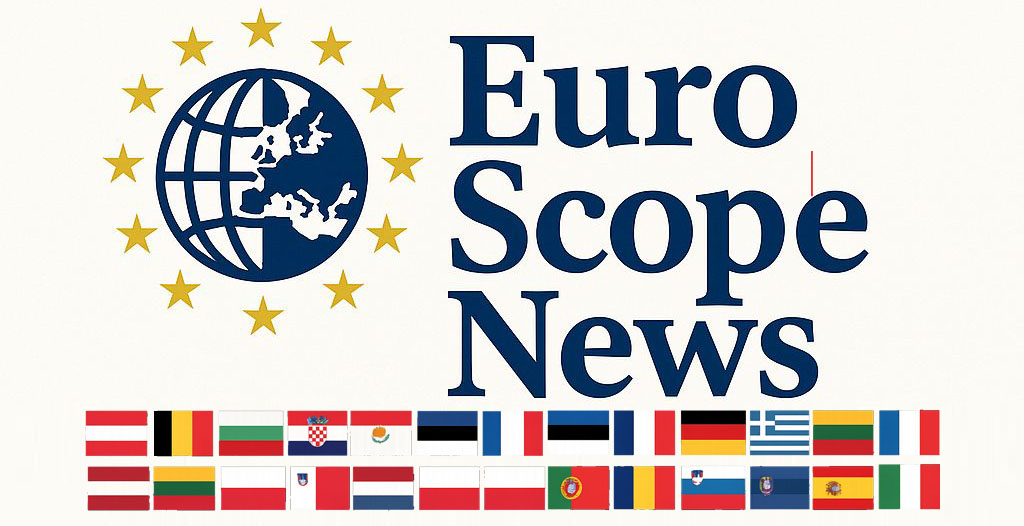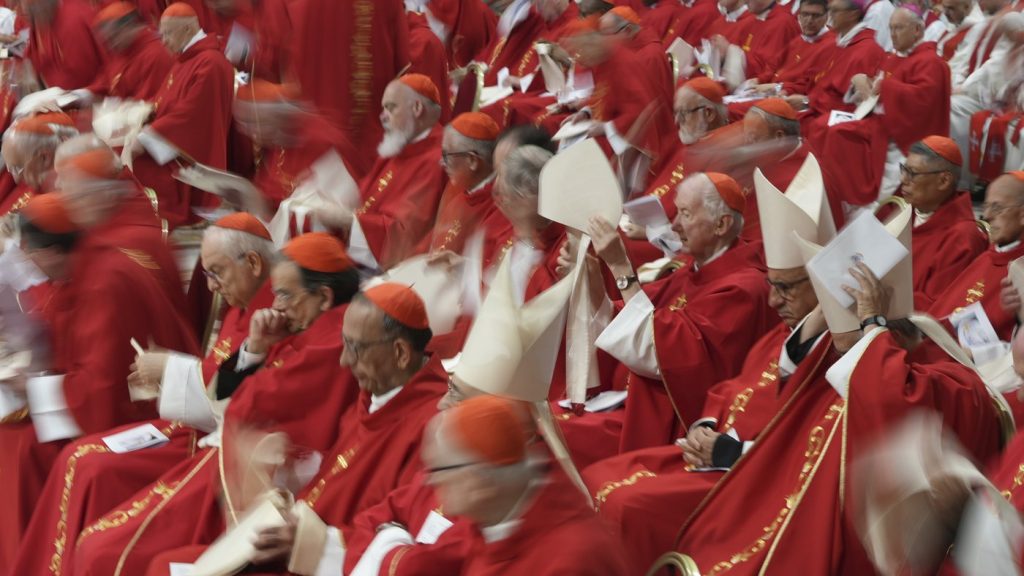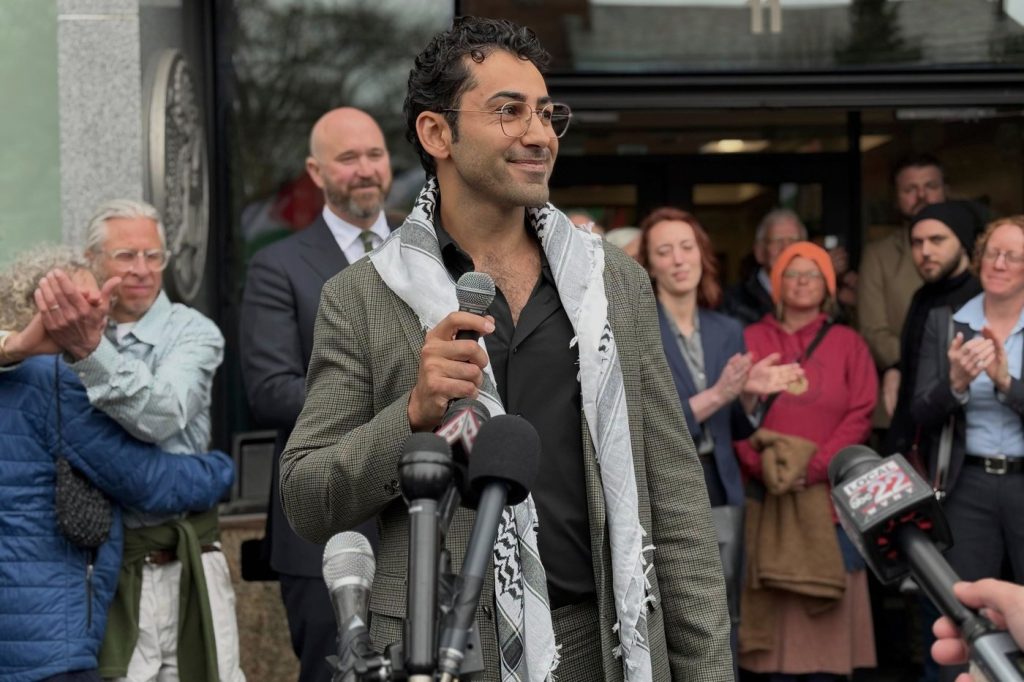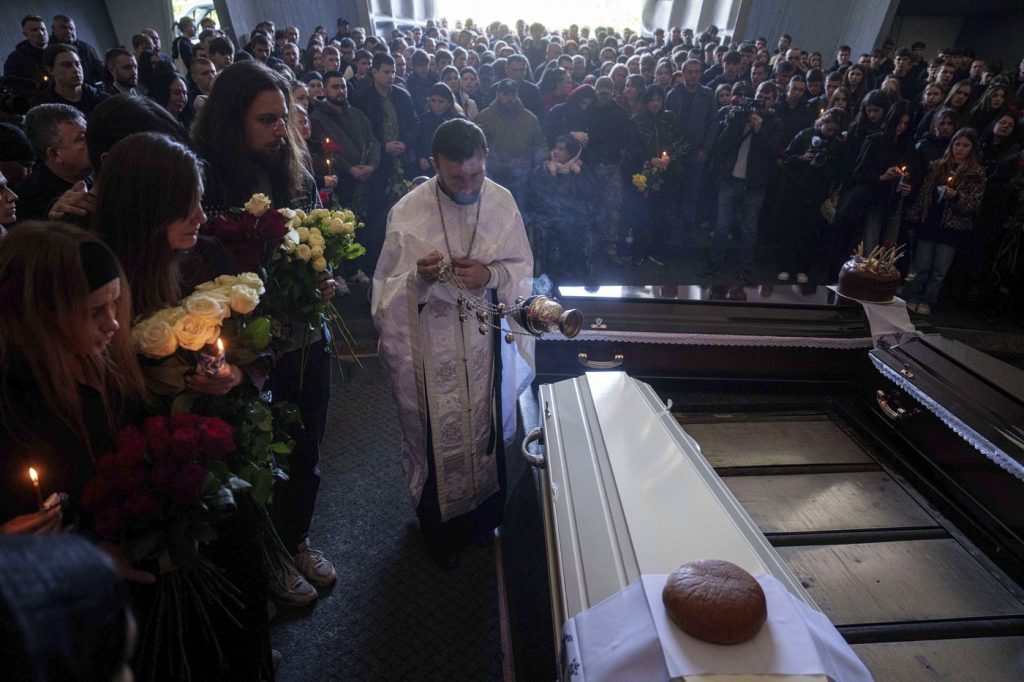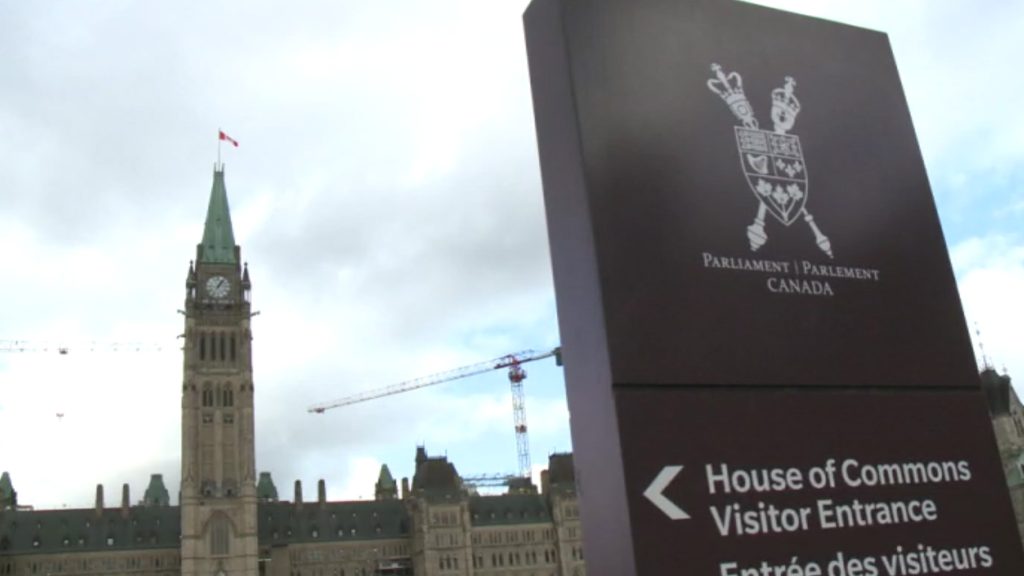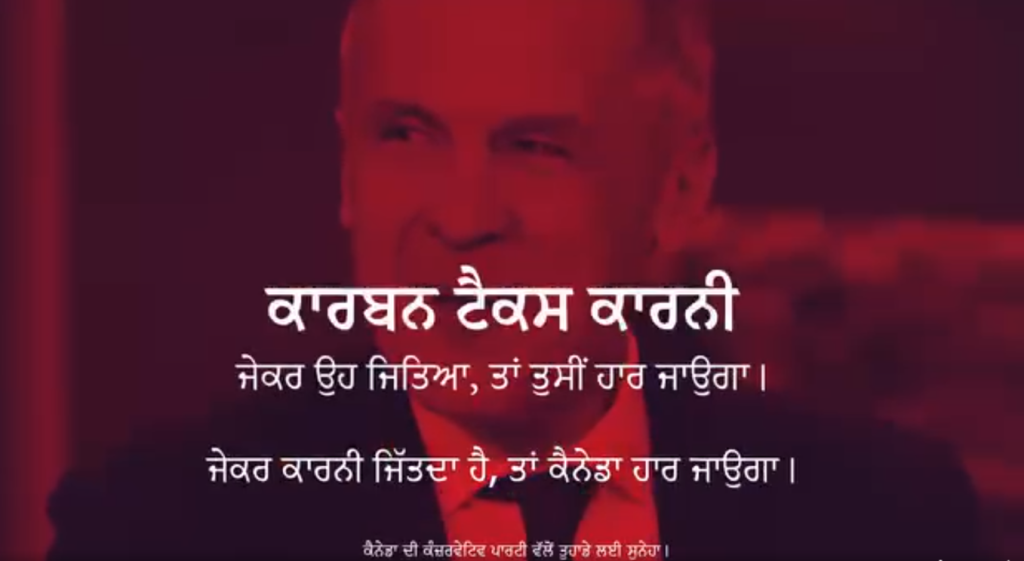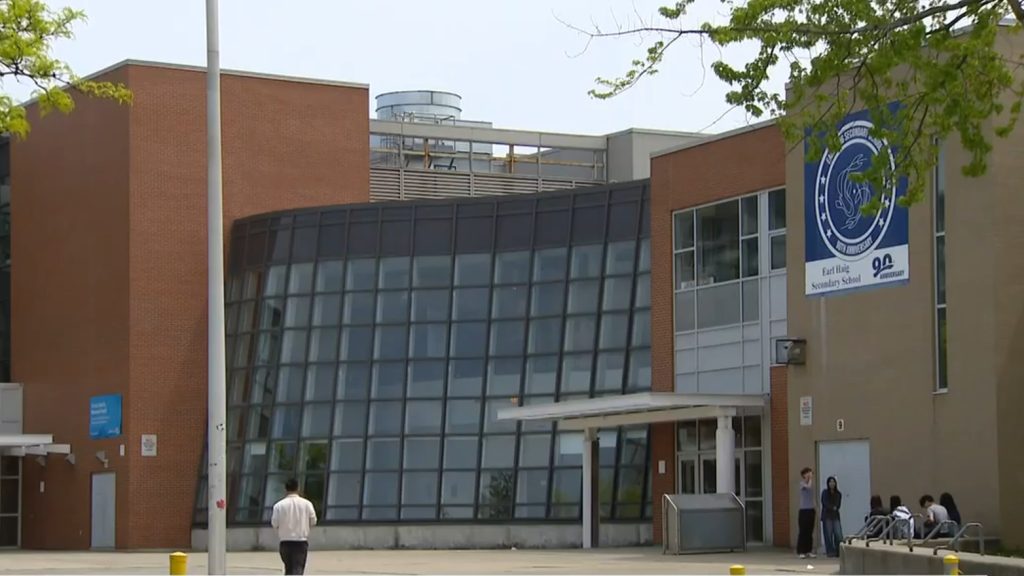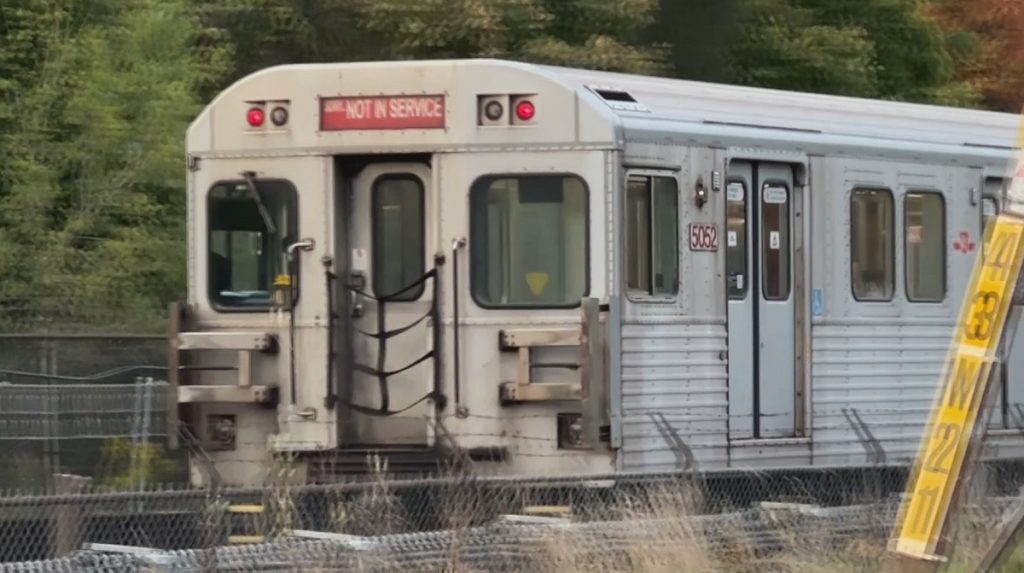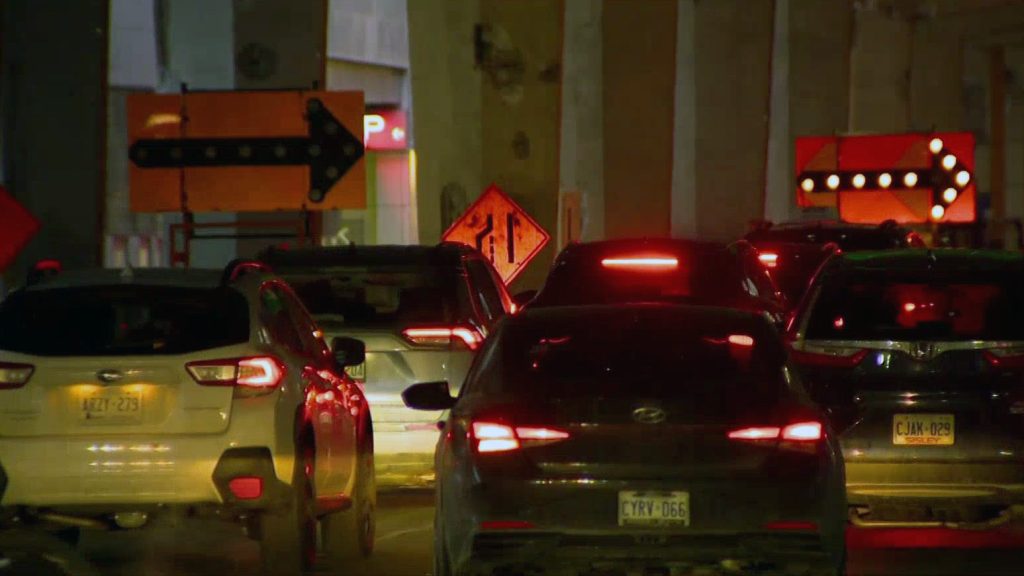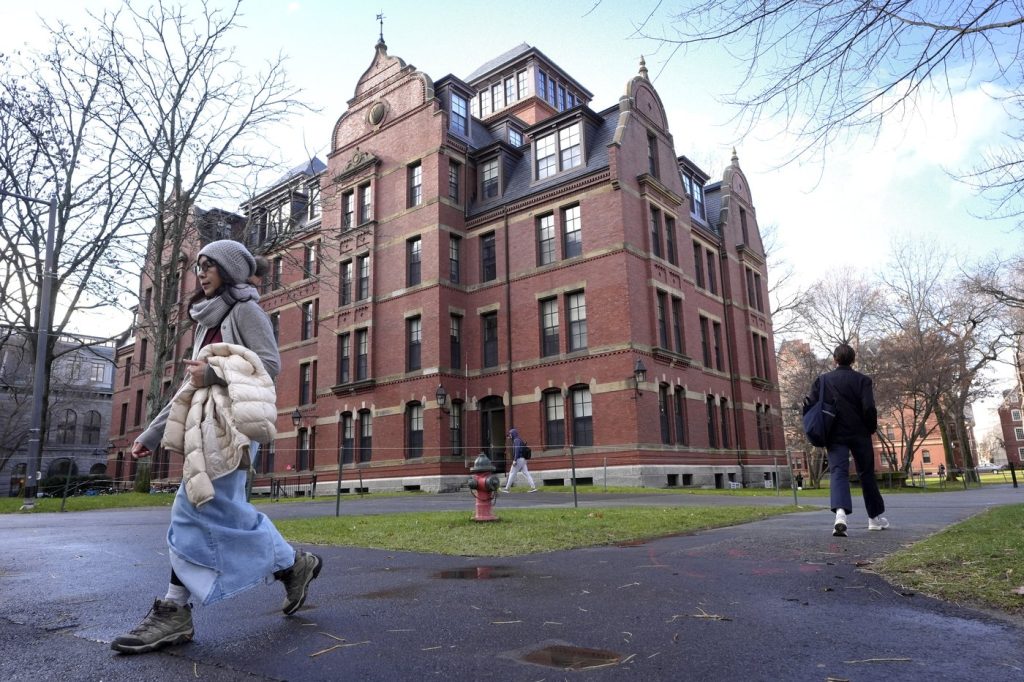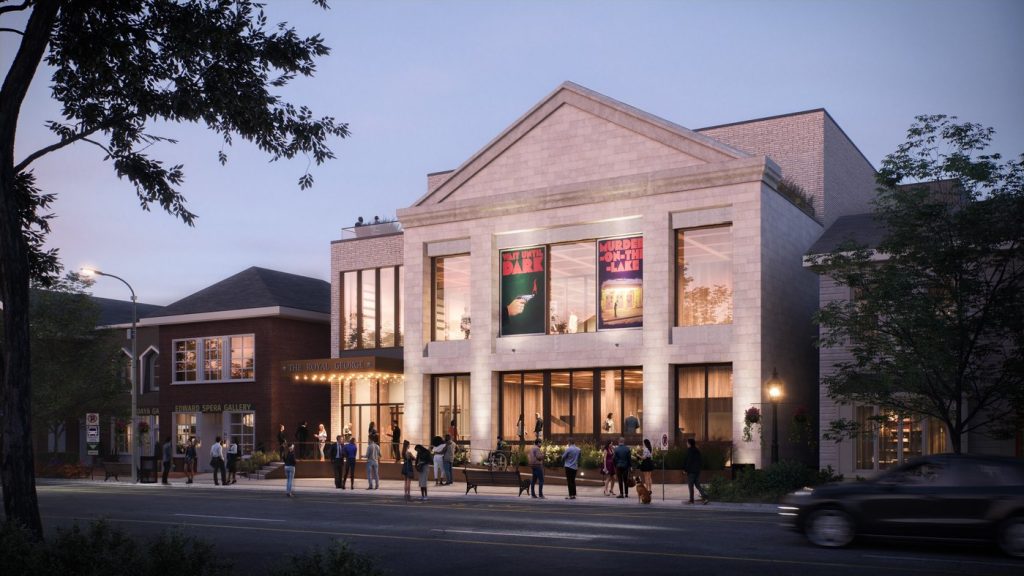A conclave is a traditional assembly for the election of a pope, originating from the Italian phrase “con clave,” meaning “with a key.” This term emphasizes that cardinals are isolated from the outside world until a pope is chosen. The conclave process initiates with the declaration of “Extra Omnes,” a Latin phrase urging all non-electing members to vacate the voting venue, usually the Sistine Chapel. Once this announcement is made, the cardinal electors begin their deliberations without any external communication.
The upcoming conclave is set to commence on May 7, with events beginning in the morning. The day will commence with a Mass officiated by the dean of the College of Cardinals, Cardinal Giovanni Battista Re. Later that afternoon, the cardinal electors will gather in the Sistine Chapel. After the homily delivered by a priest, the cardinals will take an oath before entering the voting process. A first vote will be held on the same day, requiring a two-thirds majority to select a new pope. Should the initial ballot not yield a winner, the cardinals will adjourn and reconvene the following morning for additional voting sessions.
Only cardinals under the age of 80 are eligible to participate in the voting process. Although current guidelines restrict the number of voting cardinals to 120, this limit is frequently surpassed, with 135 eligible cardinals participating in this conclave. Cardinals over 80 years old are not permitted to vote but can engage in discussions during pre-conclave meetings known as general congregations. Interestingly, in these sessions during the 2013 conclave, then-Cardinal Jorge Mario Bergoglio voiced the importance of reaching out to those on the existential peripheries, a statement that aided in his eventual election as pope.
Throughout history, the rules governing conclaves have seen some modifications. St. John Paul II introduced changes to papal election regulations in 1996, which continue to be largely observed today, along with subsequent amendments made by Pope Benedict XVI. While Pope Francis did not implement new rules for the conclave, his influence is significant, having appointed 108 of the current cardinal electors. A notable modification made during Benedict’s papacy was the requirement of a two-thirds majority for a successful election, preventing a scenario where a simple majority might be used after a stalemate.
Any baptized Catholic male can technically be elected pope; however, since 1378, the tradition has been to select from among the cardinals. Notably, even cardinals aged over 80 are eligible to be elected, despite their inability to participate in the voting process itself. As it stands, women are not included in the conclave due to the Catholic Church's doctrine regarding ordination, which reserves the priesthood for men only.
The secrecy surrounding the conclave is paramount, with violators subject to automatic excommunication, a provision reinforced by Benedict XVI. The oath taken by participants now includes a strict element regarding confidentiality, emphasizing both the gravity of the undertaking and the necessity of safeguarding internal discussions.
The conclusion of the conclave is marked by a distinctive announcement process. After voting, the ballots are burned in a cylindrical stove, with black smoke indicating no decision reached, while white smoke signifies the election of a pope who has also accepted the role. To eliminate any ambiguity, chemical cartridges are used to produce distinct smoke colors. Additionally, bells will be rung to further confirm the election of a new pope. When a new pope is announced from the loggia overlooking St. Peter’s Square, the proclamation of “Habemus Papam!” (Latin for “We have a pope!”) is made, followed by the introduction of the new pope along with his chosen papal name. This age-old tradition illustrates the continuity and significance of the papal election process.
